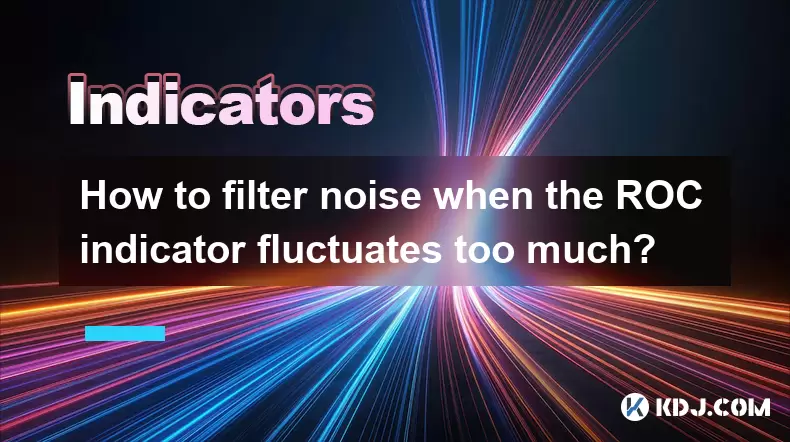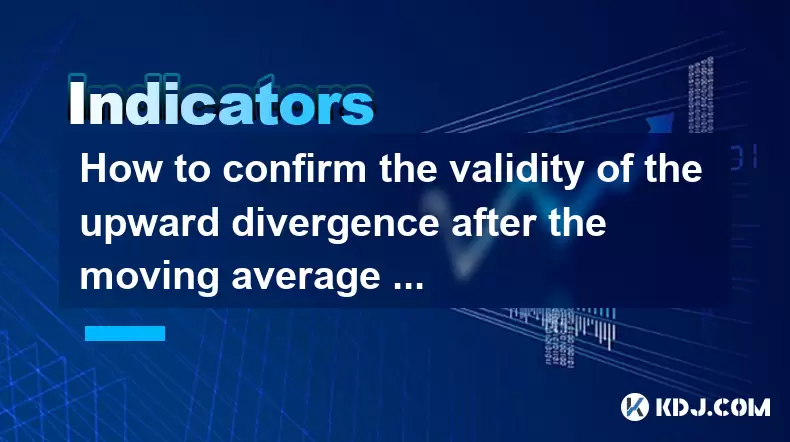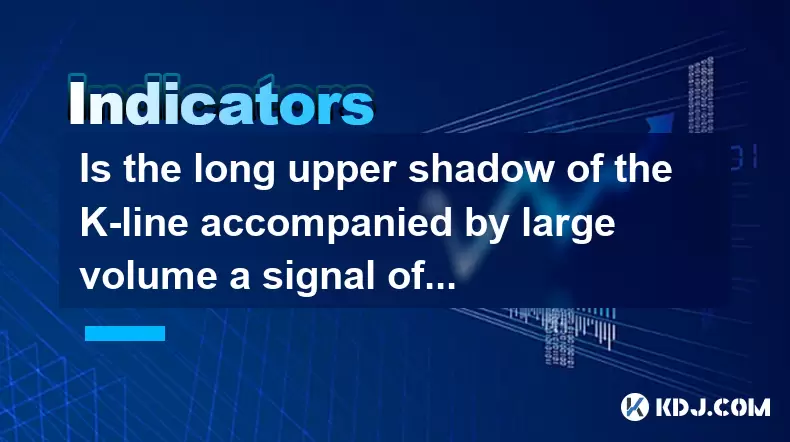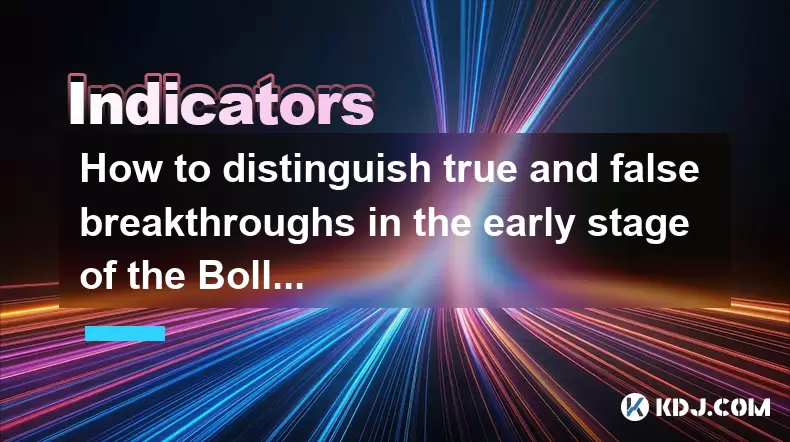-
 Bitcoin
Bitcoin $106,754.6083
1.33% -
 Ethereum
Ethereum $2,625.8249
3.80% -
 Tether USDt
Tether USDt $1.0001
-0.03% -
 XRP
XRP $2.1891
1.67% -
 BNB
BNB $654.5220
0.66% -
 Solana
Solana $156.9428
7.28% -
 USDC
USDC $0.9998
0.00% -
 Dogecoin
Dogecoin $0.1780
1.14% -
 TRON
TRON $0.2706
-0.16% -
 Cardano
Cardano $0.6470
2.77% -
 Hyperliquid
Hyperliquid $44.6467
10.24% -
 Sui
Sui $3.1128
3.86% -
 Bitcoin Cash
Bitcoin Cash $455.7646
3.00% -
 Chainlink
Chainlink $13.6858
4.08% -
 UNUS SED LEO
UNUS SED LEO $9.2682
0.21% -
 Avalanche
Avalanche $19.7433
3.79% -
 Stellar
Stellar $0.2616
1.64% -
 Toncoin
Toncoin $3.0222
2.19% -
 Shiba Inu
Shiba Inu $0.0...01220
1.49% -
 Hedera
Hedera $0.1580
2.75% -
 Litecoin
Litecoin $87.4964
2.29% -
 Polkadot
Polkadot $3.8958
3.05% -
 Ethena USDe
Ethena USDe $1.0000
-0.04% -
 Monero
Monero $317.2263
0.26% -
 Bitget Token
Bitget Token $4.5985
1.68% -
 Dai
Dai $0.9999
0.00% -
 Pepe
Pepe $0.0...01140
2.44% -
 Uniswap
Uniswap $7.6065
5.29% -
 Pi
Pi $0.6042
-2.00% -
 Aave
Aave $289.6343
6.02%
How to filter noise when the ROC indicator fluctuates too much?
To reduce ROC indicator noise, use larger period settings, apply moving averages, and combine with volume or other indicators for more reliable trading signals.
Jun 20, 2025 at 11:07 pm

Understanding the ROC Indicator and Its Sensitivity
The Rate of Change (ROC) indicator is a momentum oscillator that measures the percentage change in price between the current closing price and the closing price from a specified number of periods ago. When the ROC indicator fluctuates too much, it can create misleading signals, especially in volatile or sideways markets. These rapid fluctuations often introduce noise—false or erratic readings that obscure the actual trend direction.
One reason for excessive ROC volatility is its sensitivity to short-term price movements. Since the calculation involves comparing prices over a fixed period, even small changes can lead to large percentage swings, particularly when using smaller lookback periods like 10 or 14 days.
Selecting the Appropriate Timeframe and Period Setting
To reduce noise, traders should carefully choose both the timeframe and the period setting used for the ROC calculation. A higher timeframe, such as daily or weekly charts, tends to filter out minor price fluctuations seen on lower timeframes like 5-minute or 15-minute intervals. This helps smooth out the ROC line and makes it more reliable.
- Use larger period settings (e.g., 25 or 30) instead of smaller ones to capture broader trends.
- Avoid applying the ROC indicator directly on highly volatile cryptocurrencies like SHIB or PEPE, unless combined with other filtering mechanisms.
- Test different lookback periods across multiple assets to observe how each setting impacts the stability of the ROC output.
Combining ROC with Moving Averages for Smoothing
A widely adopted technique to stabilize the ROC indicator is to apply a moving average to its values. This approach helps in identifying the underlying trend by smoothing out sudden spikes and dips.
- Apply a simple moving average (SMA) or an exponential moving average (EMA) directly on the ROC values to generate a smoother curve.
- For example, overlaying a 9-period EMA on top of the ROC can help identify trend reversals without being overly reactive to transient price moves.
- Ensure that the moving average length is not excessively long, as this could delay the signal and reduce its relevance in fast-moving crypto markets.
Filtering Signals Using Threshold Levels
Another effective method to manage ROC noise is to set threshold levels—both positive and negative—that act as filters for actionable signals. Traders can ignore minor fluctuations within a certain range and only consider crossovers beyond these thresholds.
- Define upper and lower ROC threshold bands based on historical volatility and market conditions. For instance, if the ROC rarely exceeds +5% or drops below -5% during consolidation phases, use those as reference points.
- Only consider buy signals when the ROC crosses above the upper threshold and sell signals when it drops below the lower threshold.
- Adjust the threshold dynamically using standard deviation or ATR (Average True Range) to adapt to changing market conditions.
Incorporating Volume Confirmation to Validate ROC Movements
Volume plays a crucial role in confirming whether a ROC spike is significant or just market noise. High volume accompanying a sharp ROC movement suggests a stronger likelihood that the move is genuine and not just random fluctuation.
- Monitor volume indicators like On-Balance Volume (OBV) or Chaikin Money Flow alongside the ROC to validate momentum shifts.
- Ignore ROC spikes that occur with low trading volume, as they may indicate false breakouts or wash trading, especially in less liquid altcoins.
- Use volume-weighted ROC calculations where possible to inherently incorporate volume data into the momentum analysis.
Leveraging Multiple Indicators for Confluence
Using the ROC indicator in isolation increases the risk of reacting to false signals. To enhance reliability, combine it with complementary tools that offer confluence in decision-making.
- Overlay the ROC with Relative Strength Index (RSI) or MACD to confirm trend strength and potential reversal zones.
- Compare ROC readings across different timeframes (e.g., daily and 4-hour charts) to ensure consistency before taking action.
- Employ support and resistance levels or trendlines to contextualize ROC movements and avoid entering trades solely based on momentum extremes.
Frequently Asked Questions
Q: Can I adjust the ROC indicator to work better in ranging markets?
Yes, by increasing the period setting and combining it with support/resistance zones or Bollinger Bands, you can improve its performance in non-trending environments.
Q: How do I know if a ROC spike is due to real momentum or just noise?
Check the corresponding volume and cross-reference with other momentum indicators like RSI or Stochastic. If no confluence exists, treat the spike cautiously.
Q: Is there a way to automate ROC noise filtering using trading platforms?
Most platforms allow custom scripting where you can program threshold filters, moving averages, or volume checks to refine ROC signals automatically.
Q: Should I avoid using ROC altogether if the market is choppy?
Not necessarily. Instead, modify your strategy by incorporating smoothing techniques and confirmation tools to make ROC usable even in volatile conditions.
Disclaimer:info@kdj.com
The information provided is not trading advice. kdj.com does not assume any responsibility for any investments made based on the information provided in this article. Cryptocurrencies are highly volatile and it is highly recommended that you invest with caution after thorough research!
If you believe that the content used on this website infringes your copyright, please contact us immediately (info@kdj.com) and we will delete it promptly.
- Bitcoin Cash (BCH) on a Roll: Trading Volumes Surge!
- 2025-06-21 01:05:12
- PEPE Coin's Wild Ride: Market Drop or Buying Opportunity?
- 2025-06-21 00:25:13
- Bitcoin Price, Open Interest, and Liquidation Exhaustion: What's Next?
- 2025-06-21 01:25:12
- Navi Mumbai Lottery Scam: An Elderly Man's 45 Lakh Rupee Loss
- 2025-06-21 00:25:13
- Blockchain Buzz: XRP, Solana, and the Institutional Wave
- 2025-06-21 01:05:12
- XRP ETF Momentum: Teucrium's AUM Growth Signals Bullish Future
- 2025-06-21 01:25:12
Related knowledge

Does the sudden contraction of ATR indicate the end of the trend?
Jun 20,2025 at 11:14pm
Understanding ATR and Its Role in Technical AnalysisThe Average True Range (ATR) is a technical indicator used to measure market volatility. Developed by J. Welles Wilder, ATR calculates the average range of price movement over a specified period, typically 14 periods. It does not indicate direction—only volatility. Traders use ATR to gauge how much an ...

Is the trend continuation when the Williams indicator is oversold but there is no rebound?
Jun 20,2025 at 11:42pm
Understanding the Williams %R IndicatorThe Williams %R indicator, also known as the Williams Percent Range, is a momentum oscillator used in technical analysis to identify overbought and oversold levels in price movements. It typically ranges from 0 to -100, where values above -20 are considered overbought and values below -80 are considered oversold. T...

Is the golden cross of the ROC indicator below the zero axis effective?
Jun 20,2025 at 09:42pm
Understanding the ROC Indicator and Its Role in Cryptocurrency TradingThe Rate of Change (ROC) indicator is a momentum oscillator widely used by traders to assess the speed at which cryptocurrency prices are changing. It measures the percentage difference between the current price and the price from a certain number of periods ago. The ROC helps identif...

How to confirm the validity of the upward divergence after the moving average sticks together?
Jun 21,2025 at 01:36am
Understanding the Basics of Moving Averages and DivergenceIn technical analysis, moving averages are crucial tools used to smooth out price data over a specified time period. When multiple moving averages converge or 'stick together,' it often indicates a consolidation phase in the market. This phenomenon can be a precursor to significant price movement...

Is the long upper shadow of the K-line accompanied by large volume a signal of peaking?
Jun 21,2025 at 12:28am
Understanding the Long Upper Shadow K-LineThe long upper shadow of a K-line is a common candlestick pattern that often appears during price action analysis. It consists of a small real body with a long upper wick, indicating that the price rose significantly during the period but was ultimately rejected and closed lower than its high. This pattern can s...

How to distinguish true and false breakthroughs in the early stage of the Bollinger Band opening?
Jun 20,2025 at 10:35pm
Understanding the Bollinger Band StructureBollinger Bands consist of three lines: a simple moving average (SMA) in the middle, and two outer bands that are standard deviations away from the SMA. These bands expand and contract based on market volatility. When the bands begin to widen, it often signals an increase in price volatility, which traders inter...

Does the sudden contraction of ATR indicate the end of the trend?
Jun 20,2025 at 11:14pm
Understanding ATR and Its Role in Technical AnalysisThe Average True Range (ATR) is a technical indicator used to measure market volatility. Developed by J. Welles Wilder, ATR calculates the average range of price movement over a specified period, typically 14 periods. It does not indicate direction—only volatility. Traders use ATR to gauge how much an ...

Is the trend continuation when the Williams indicator is oversold but there is no rebound?
Jun 20,2025 at 11:42pm
Understanding the Williams %R IndicatorThe Williams %R indicator, also known as the Williams Percent Range, is a momentum oscillator used in technical analysis to identify overbought and oversold levels in price movements. It typically ranges from 0 to -100, where values above -20 are considered overbought and values below -80 are considered oversold. T...

Is the golden cross of the ROC indicator below the zero axis effective?
Jun 20,2025 at 09:42pm
Understanding the ROC Indicator and Its Role in Cryptocurrency TradingThe Rate of Change (ROC) indicator is a momentum oscillator widely used by traders to assess the speed at which cryptocurrency prices are changing. It measures the percentage difference between the current price and the price from a certain number of periods ago. The ROC helps identif...

How to confirm the validity of the upward divergence after the moving average sticks together?
Jun 21,2025 at 01:36am
Understanding the Basics of Moving Averages and DivergenceIn technical analysis, moving averages are crucial tools used to smooth out price data over a specified time period. When multiple moving averages converge or 'stick together,' it often indicates a consolidation phase in the market. This phenomenon can be a precursor to significant price movement...

Is the long upper shadow of the K-line accompanied by large volume a signal of peaking?
Jun 21,2025 at 12:28am
Understanding the Long Upper Shadow K-LineThe long upper shadow of a K-line is a common candlestick pattern that often appears during price action analysis. It consists of a small real body with a long upper wick, indicating that the price rose significantly during the period but was ultimately rejected and closed lower than its high. This pattern can s...

How to distinguish true and false breakthroughs in the early stage of the Bollinger Band opening?
Jun 20,2025 at 10:35pm
Understanding the Bollinger Band StructureBollinger Bands consist of three lines: a simple moving average (SMA) in the middle, and two outer bands that are standard deviations away from the SMA. These bands expand and contract based on market volatility. When the bands begin to widen, it often signals an increase in price volatility, which traders inter...
See all articles

























































































